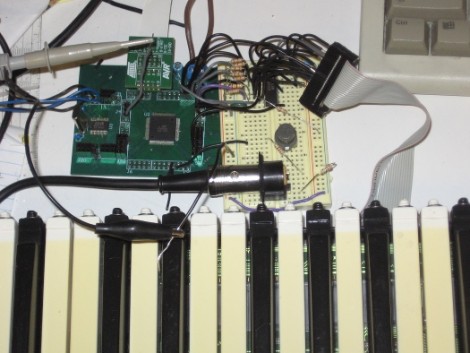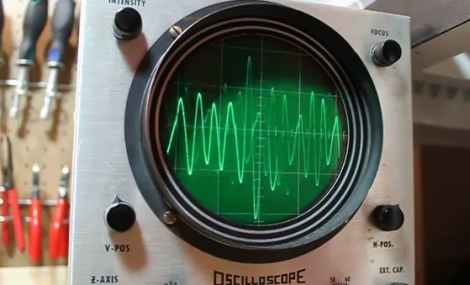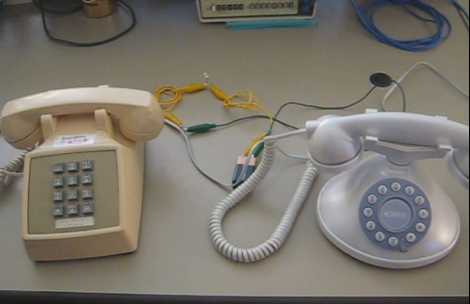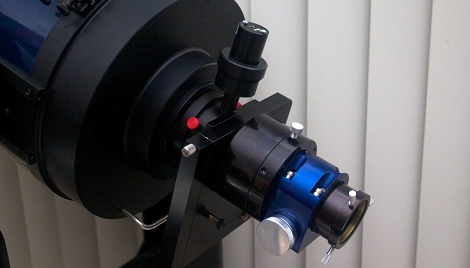
Looks like [Dino] is getting the band back together. After a junkyard tube amp and a DIY tremolo stompbox, he’s back again, this time doing a bit of sound treatment in his studio.
Most rooms naturally have a bit of flutter echo. You’ll notice this when you move into an apartment or new house – rooms sound a lot more cavernous without rugs, drapes and furniture. Unfortunately, having a bunch of couches doesn’t bode well for the workflow in a studio despite what MTV Cribs may have told us. The usual solution is to put up some sound-absorbing material on the walls, and a metric ton of cardboard egg cartons don’t work.
[Dino] found a bunch of acoustic panels his neighbor threw out during a renovation (yes, we know, he’s very lucky). After doing some pre-installation tests, the panels were hung. Afterwards, the amount of echo was drastically reduced.
The good news is we finally get a look inside [Dino]’s studio. We saw the junkyard tube amp we covered earlier, but not the neat tremolo pedal he made.
Check out [Dino]’s video of sound treating a room after the break.
















